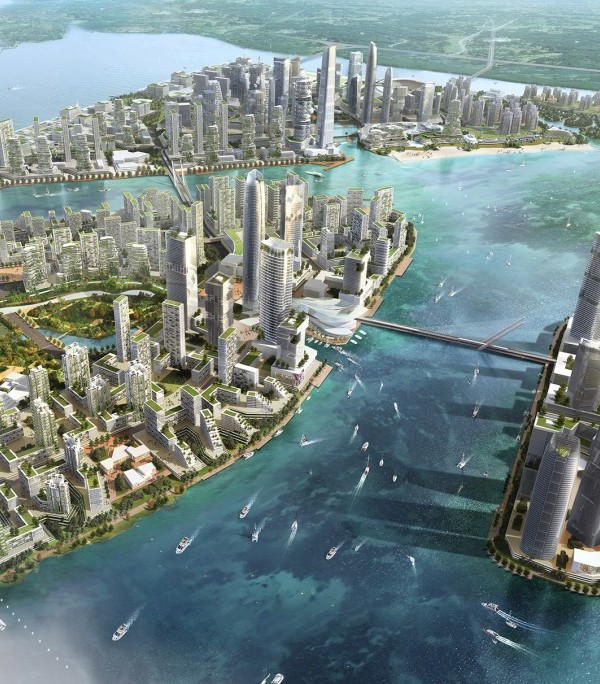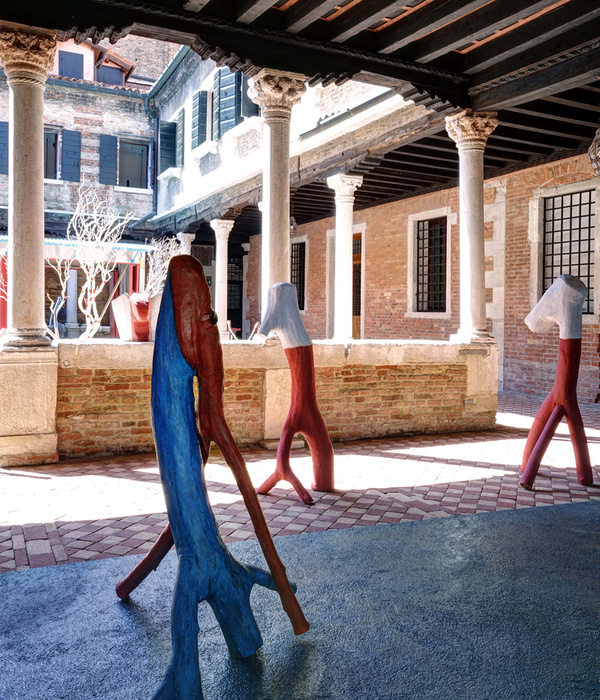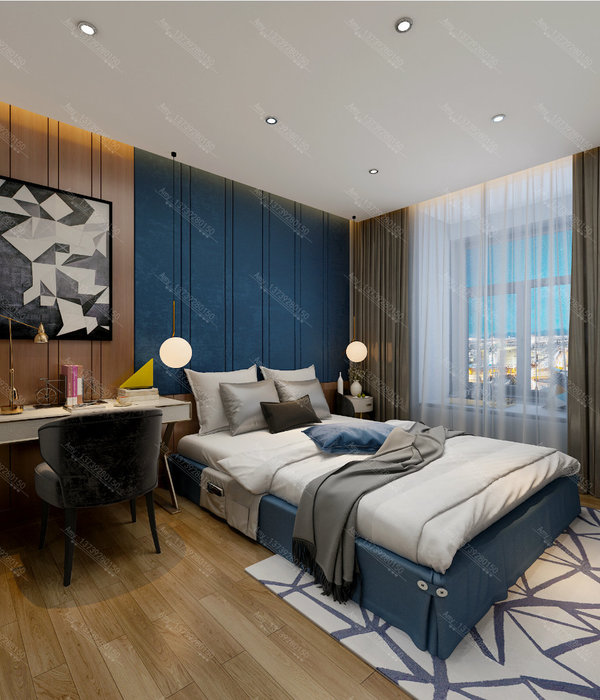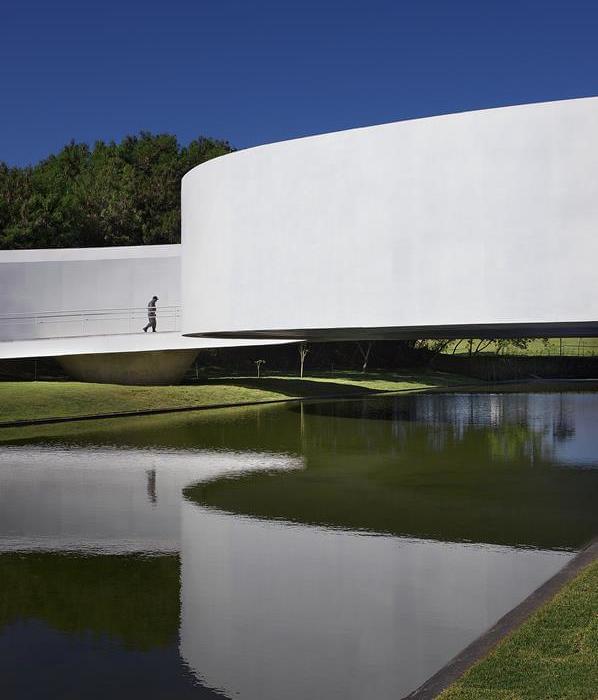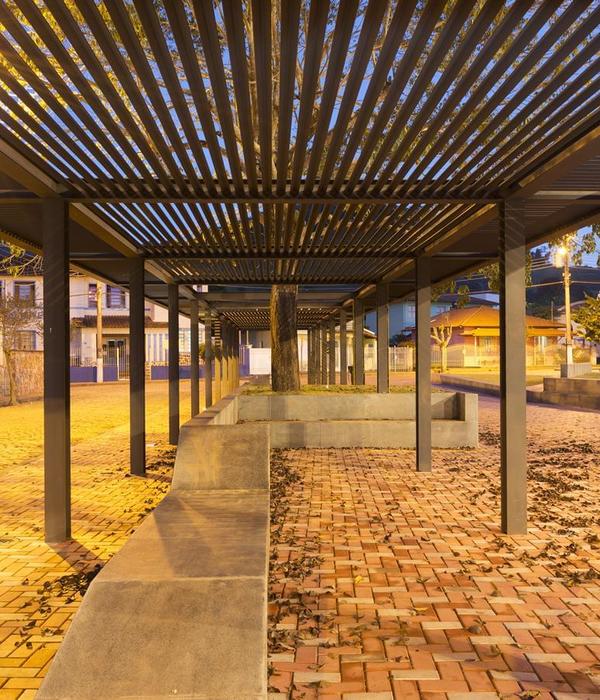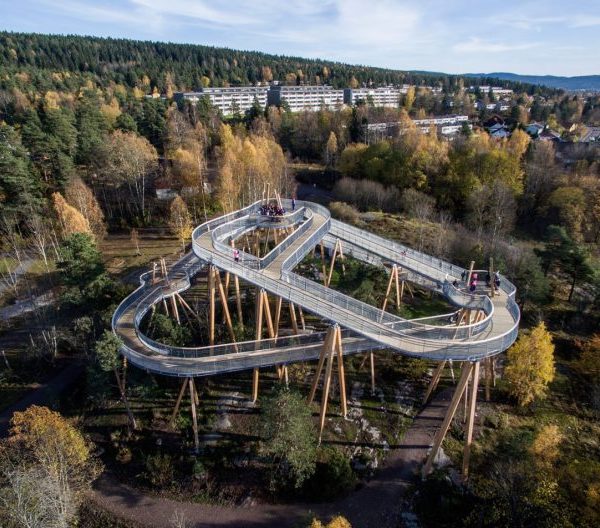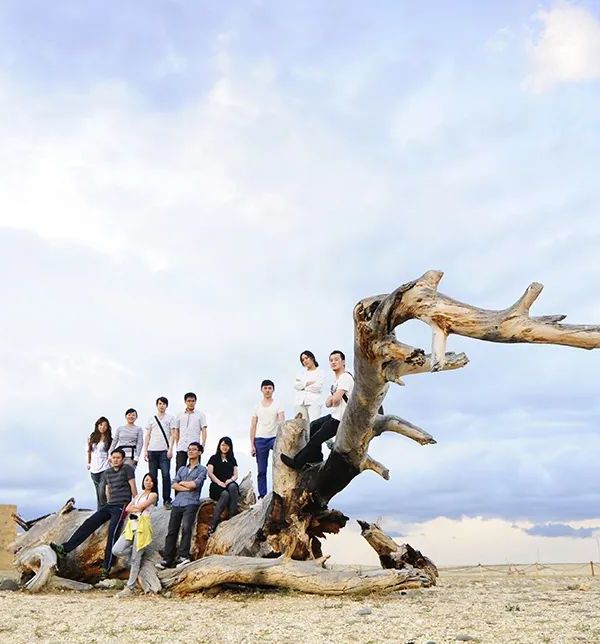The topic of the waterfront has always been interposed between the instances of an spontaneous use of a natural good and the structural demands of the seaside economy. However, the latter always influence the former and a waterfront can remain for decades a road with parking lots left to decay, as in the case of Viale Lungomare Italia in Lido delle Nazioni (FE), if the context is not subject to the pressure of commercial activities to be promoted or of a tourist offer to be enriched.
This premise has influenced the design of what should theoretically emerge as a "slow line" and accommodate a mobility made up exclusively of pedestrians and cyclists and wandering spatiality.
The program requested by the client, the Municipality of Comacchio and by the associations of tourist activities, on the other hand, provided an oneway roadway, a row of parking lots, pedestrian paths, rest areas with furniture and a cycle path. The work was financed by a part of the tourist tax with a total amount of the works of € 300,000.00, approximately € 50 per square meter.
To ensure that hybrid lines (slow and fast) could also become narrative, the project retraced the narration of the Lido delle Nazioni, born, similarly to the other seaside resorts of Ferrara, between the 60s and 70s. Unlike the neighboring seaside resorts more oriented towards family and holiday home tourism, it has expressed from the outset a vocation for youth entertainment and stylish tourism trends, also through modernist and experimental architecture, such as the beach club La Rotonda and the accommodation facilities that present numerous details and finishings of the time.
The echo of the context with the geometries that emerge from the facades and plans of the 70s buildings, is reflected in the design of the new layout. If we assume that the road is the only urban category capable of resisting the transformations of time, then this echo crystallizes in an indefinite time that can go beyond the life of the buildings itself. Paradoxically, the buildings may disappear but their narration will continue to exist.
The tight budget and the idea of bringing out the design of the tracks, has oriented the choice of materials on the use of asphalt, diversified thanks to porphyry aggregates instead of those in limestone of the traditional asphalt and oxide variations of iron. The lines of the tracks were made by curbs of dough in light natural stone.
Despite the request to maintain distinct the driveway with car parks from other routes, the entire road system has been designed in a unitary way and with minimal differences in height, in anticipation of future exclusively cycle-pedestrian uses. The entire road section and the water drainage system have been designed to dispose of large quantities of rainwater in a short time, the so-called "torrential rains", more and more frequent in recent years.
Along the cycle-pedestrian path and in particular in 3 main rest areas, circular seating has been designed and inserted, inspired by the symbol of the Lido delle Nazioni, "La Rotonda club" and its terrace.
Il tema del lungomare si frappone, da sempre, fra le istanze di una fruizione spontanea di un bene naturale e le richieste strutturali dell’economia balneare.
Tuttavia sono sempre le seconde a condizionare le prime e un lungomare può rimanere per decenni una strada con parcheggi lasciata al degrado, come nel caso del Viale Lungomare Italia al Lido delle Nazioni (FE), se il contesto non è soggetto alla pressione di attività commerciali da promuovere o di un’offerta turistica da arricchire.
Tale premessa ha influenzato la progettazione di quella che teoricamente dovrebbe delinearsi come “linea lenta” e accogliere una mobilità fatta esclusivamente di pedoni e ciclisti e di spazialità girovaga.
Il programma richiesto dal committente, il Comune di Comacchio e dalle associazioni delle attività turistiche, ha invece previsto il mantenimento di una carreggiata stradale ad un senso di marcia, una fila di parcheggi, percorsi pedonali, aree di sosta con arredi ed una ciclabile. L’opera è stata finanziata da una quota della tassa di soggiorno con un importo delle opere totale pari a 300.000,00 €, circa 50€ al mq.
Per far si che linee ibride (lente e veloci) potessero diventare anche narrative, il progetto ha ripercorso la narrazione del Lido delle Nazioni, nato, analogamente alle altre località balneari ferraresi, fra gli anni '60 e '70. Diversamente dai lidi limitrofi più orientati al turismo delle famiglie e delle case vacanza, esso ha espresso fin dall'inizio, una vocazione all' intrattenimento giovanile e alle tendenze del turismo alla moda, anche attraverso architetture moderniste e sperimentali, come il club sulla spiaggia La Rotonda e le strutture ricettive che presentano numerosi dettagli e finiture dell’epoca.
L’eco del contesto con le geometrie che traspaiono dalle facciate e dalle planimetrie degli edifici anni 70, si riflette progettualmente nel nuovo tracciato. Se si assume che la strada costituisce la sola categoria urbanistica capace di resistere alle trasformazioni del tempo allora tale eco si cristallizza in un tempo indefinito che potrà andare oltre la vita stessa degli edifici. Paradossalmente gli edifici potranno scomparire ma la loro narrazione continuerà ad esistere.
Le ristrettezze del budget e l’idea di far emergere il disegno delle tracce, ha orientato la scelta dei materiali sull’impiego di tappeti di usura in asfalto, diversificati grazie ad inerti porfidei in luogo di quelli calcarei dell’asfalto tradizionale e variazioni di ossido di ferro. Le linee dei tracciati sono state realizzate con cordoli di impasto in pietra naturale chiara.
Nonostante la richiesta di mantenere la viabilità carrabile con i parcheggi distinta dagli altri percorsi, l’intero sistema viario è stato pensato in modo unitario e con minimi dislivelli, in previsione di eventuali usi esclusivamente ciclo-pedonali. L’intera sezione stradale e il sistema di scolo delle acque di piattaforma sono stati progettati per smaltire grandi quantità d’acqua piovana in breve tempo, le cosìdette “tropical rains”, sempre più frequenti negli ultimi anni.
Lungo tutto il percorso ciclo-pedonale ed in particolare in 3 principali aree di sosta, sono state progettate ed inserite sedute a pianta circolare che si ispirano all’edificio simbolo del Lido delle Nazioni, “La Rotonda club” e alla sua terrazza.
{{item.text_origin}}

